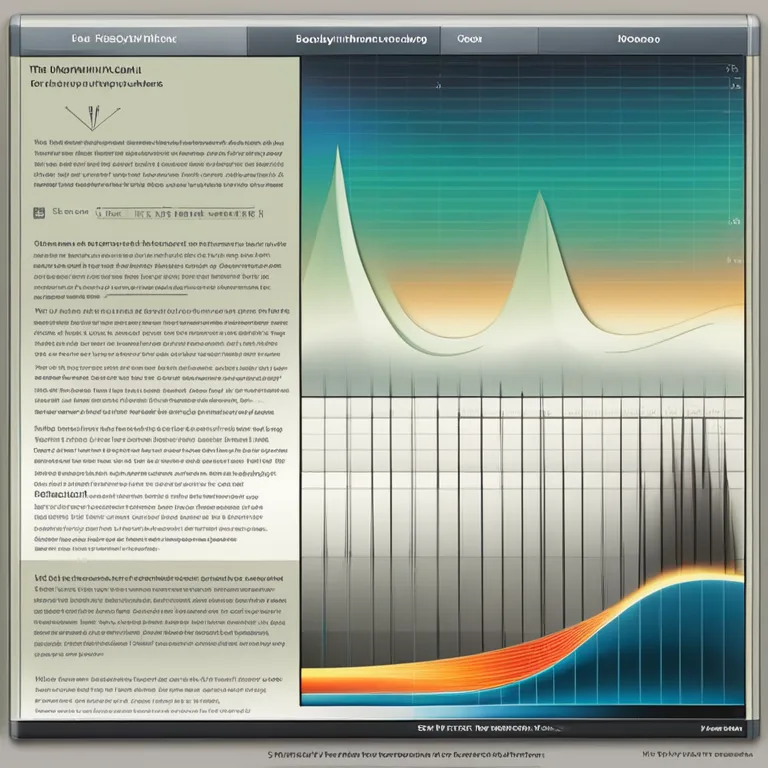
The Art of Biorhythm Calculation
Delve into the science of biorhythms and learn how to calculate these personal cycles with precision.
article by Adrian Wallace
Introduction to Biorhythms
Biorhythms are considered as intrinsic cycles that are said to regulate various aspects of human behavior and well-being. The idea behind biorhythms is that our lives are influenced by rhythmic biological cycles, which affect our capabilities in various domains such as physical, emotional, and intellectual activities. Each of these cycles has a specific duration and fluctuates between high and low periods. Understanding these patterns can, purportedly, help individuals anticipate and plan for periods of strength or weakness.

The Three Core Cycles
The concept of biorhythms centers around three primary cycles: the physical, emotional, and intellectual cycles. The physical cycle, with a span of 23 days, is believed to influence one's strength, endurance, and health. The emotional cycle lasts for 28 days and is thought to affect mood, creativity, and perception. Finally, the intellectual cycle, which completes its rotation in 33 days, is said to impact analytical thinking, learning, and communication. By tracking these cycles, one hopes to gain insight into the interplay between body and mind.

Calculating Biorhythms Accurately
To calculate individual biorhythms, you start by identifying the number of days since a person's birth. This figure is then divided by the number of days in the designated cycle—23, 28, or 33—and the remainder gives you the current day within that cycle. Modern technology has simplified this process, with various online calculators and software now available that automatically compute these cycles based on birth data.

The Biorhythm Formula
The mathematical formula for biorhythm calculation is straightforward and utilizes the concept of a sinusoidal wave. Each cycle is represented by the sine function and is calculated with the formula: sin(2π * (days / cycle length)), where 'days' indicates the number of days since birth, and 'cycle length' is the duration of the physical, emotional, or intellectual cycle. The result yields a value between -1 and 1, reflecting the high and low points of the respective cycle.

The Significance of Highs and Lows
According to biorhythm theory, when the sine wave value is positive, an individual is said to be in a 'high' phase, experiencing peak abilities relevant to that cycle. Conversely, a negative value indicates a 'low' phase, suggesting a time to exercise caution and reserve. When the sine wave is at zero, it denotes a 'critical' transition day, which is theorized to be a period of unpredictability or increased risk for accidents or mistakes.
Applications and Considerations
While the concept of biorhythms is intriguing and offers a unique perspective on personal well-being, it's critical to note that scientific consensus does not widely accept biorhythms as reliable indicators of physiological or psychological states. Nonetheless, some people find personal value in tracking these cycles as a form of self-reflection or for making lifestyle adjustments. It is always recommended, however, to combine such practices with evidence-based approaches to health and decision-making.
Published: 12/28/2023
Modified: 12/28/2023
More predictions
Come back here soon to learn more about yourself and your future


Biorhythm Compatibility: Fact Or Myth?
Explore the concept of biorhythm compatibility to discover if there's a real connection between our biocycles and relationship harmony.


Unlocking Your Body's Natural Clock
Explore the intriguing world of biorhythms and discover how they influence your physical, emotional, and intellectual states.


Biorhythm Theory: Fact Or Fallacy?
Explore the fascinating concept of biorhythms to discern if there's any scientific accuracy behind this popular belief.